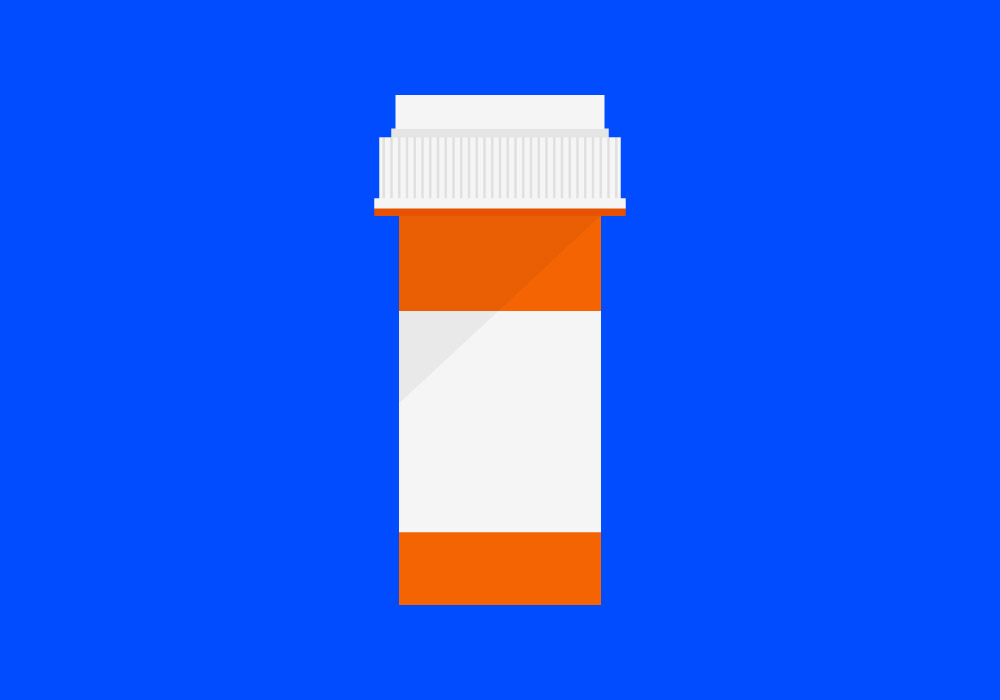
About 30% of antibiotics that are prescribed in doctor’s offices, clinics and emergency rooms are unnecessary, according to a new report published in the Journal of the American Medical Association.
The researchers looked at medical care survey data from 2010-2011 to analyze rates of prescriptions for oral antibiotics. The study authors looked for cases where the medication prescribed was “inappropriate”, meaning it wasn’t necessary, or when the wrong antibiotic was chosen, the dosage wasn’t right or the drug was used for too long or too short a time.
More than 12% of the 180,000-plus visits in the study ended with an antibiotic prescription, often for cases that didn’t meet clinical standards for the condition. Sinus infections were the most common conditions to get antibiotics; ear infections and sore throat were also common. During the study period, the estimated yearly antibiotic prescription rate was 506 per 1,000 people, but only 353 of the prescriptions were deemed appropriate for the condition.
“For most common conditions, clinicians generally know if antibiotics are needed or not,” says study author Dr. Katherine Fleming-Dutra, a medical officer at the Centers for Disease Control and Prevention. “Often, clinicians are worried about patient satisfaction. They think that a patient wants antibiotics, and they want the patient to be satisfied with their care, sometimes leading them to prescribe when they shouldn’t.”
Two million Americans get infections that are resistant to antibiotics each year, which lead to about 23,000 deaths. Antibiotic resistance is a national priority, and the goal of the White House National Action Plan for Combating Antibiotic-Resistant Bacteria is to reduce outpatient antibiotic use by 50% and inpatient use by 20% by the year 2020.
“The good news is that the majority of patients trust clinicians to recommend the right treatment,” says Fleming-Dutra. “Clinicians can address patient satisfaction by communicating effectively when antibiotics are needed, and when they aren’t.”
More Must-Reads From TIME
- The 100 Most Influential People of 2024
- Coco Gauff Is Playing for Herself Now
- Scenes From Pro-Palestinian Encampments Across U.S. Universities
- 6 Compliments That Land Every Time
- If You're Dating Right Now , You're Brave: Column
- The AI That Could Heal a Divided Internet
- Fallout Is a Brilliant Model for the Future of Video Game Adaptations
- Want Weekly Recs on What to Watch, Read, and More? Sign Up for Worth Your Time
Contact us at letters@time.com